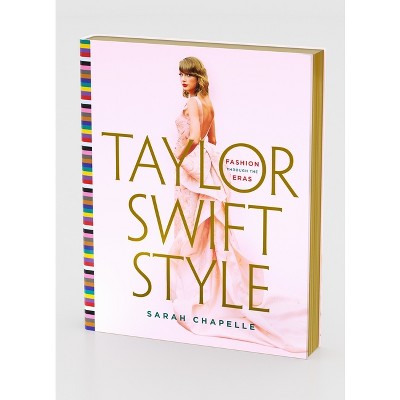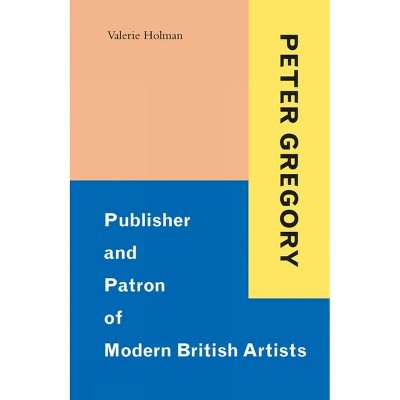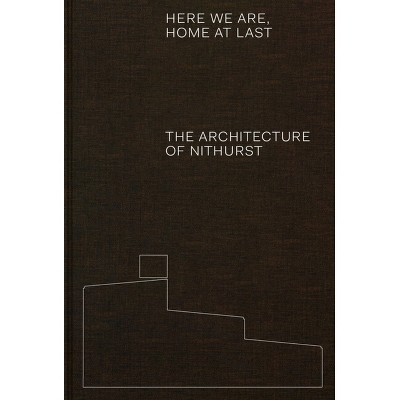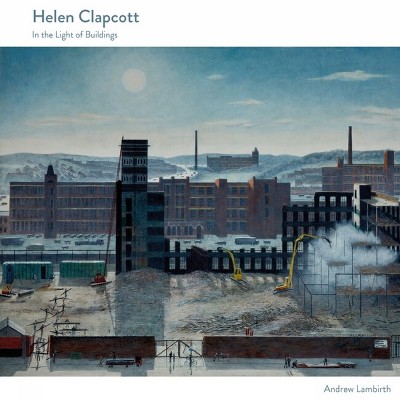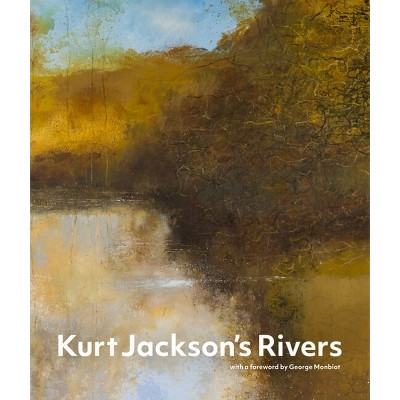About this item
Highlights
- The 1960s continue to hold an almost mythical place in Western culture, particularly in Britain, where change was widespread and infiltrated many aspects of life.
- About the Author: John Barr studied architecture in the early 1970s and is a product of both the architectural and educational ideas that emerged from the 1960s.
- 240 Pages
- Architecture, Criticism
Description
Book Synopsis
The 1960s continue to hold an almost mythical place in Western culture, particularly in Britain, where change was widespread and infiltrated many aspects of life. This included architecture, whose role in a modern democracy and the form it should take were hotly debated. This book discusses the architectural thinking of the time through an examination of the design of university buildings. While there were notable buildings being built in other spheres, no other field of architecture provided the opportunity to express those ideas as freely, while also reflecting innovative new thinking about education and society. Somehow, the university buildings of the 1960s seemed to represent the cutting edge of modern architecture in the UK.
This book provides the first critical analysis and overview of these buildings, designed by some of the leading British architects of the period including Basil Spence, Leslie Martin, Alison and Peter Smithson, Denys Lasdun, Powell and Moya and James Stirling. By placing the buildings in a wider social, cultural and political context, it examines the combination of circumstances and attitudes that produced results that are equally admired and detested and allows us to understand how we might replicate or avoid them in the future.
Review Quotes
'The great expansion of higher education in Britain after WW2, and especially in the 1960s, provided the context and patronage for a new architecture that combined scale, structure, experience and community; and so as to give form to new ways of thinking. John Barr expertly guides us through the major buildings, projects and personalities of this very important story.' - Paul Rennie, Central Saint Martins, London
'This is a significant book which enhances our history of architecture in the UK - specifically our university stock. John Barr's superb black and white photography provides a detailed contemporary record of the buildings, and the book's clarity of argument is enhanced by discussion of the case studies within the wider social and theoretical contexts of post war Britain.' - Professor Gordon Murray, Consultant Architect
About the Author
John Barr studied architecture in the early 1970s and is a product of both the architectural and educational ideas that emerged from the 1960s. Following graduation, he worked on a wide variety of projects in the UK, the Netherlands, the Middle East and Japan and, since 2012, he has combined practice with teaching at Strathclyde University Department of Architecture. Now, with the benefit of distance and a long career as an architect and teacher, he assesses the significance of an era that saw radical change and the promise of a better and more equal society.






